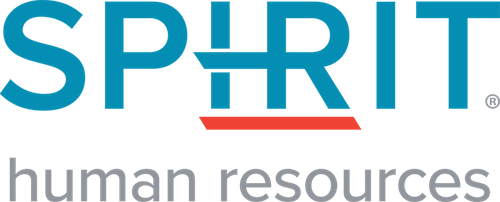It’s Not Your Grandmother’s Self-funding

Over the past few years, that scenario has changed. Most of the large insurers now offer partially self-insured plans for small companies. These are sometimes called level-funded plans. Nowadays, employers with as few as ten full-time employees are exploring alternative options instead of typical fully-insured arrangement.
Fully-Insured
Fully insured is what most people mean by insurance. A premium is paid to an insurance carrier and in return, the carrier pays covered claims.
Though there is predictability in monthly costs, there are no incentives in the form of rebates for healthy employee groups. If claims are heavy during the year, there can also be increases in premiums at renewal time.
Small employers in the fully-insured arrangement have no control over premiums. Even if a group is healthy and their claims costs are less than the premium paid, because of small group pooling, they do not benefit. Large employer groups, however, are looked at on their own and premium assessed accordingly.
Fully insured is still, generally, the funding option for most small business plans. Self-insured plans require cash reserves, risk tolerance, prior claims data, and administrative staff to process claims that most small businesses simply don’t have.
Self-Insured
In a self-insured arrangement, the company pays all the claims costs except those covered by re-insurance. Basically, the employer has formed an insurance pool of its own, with the participants in the pool consisting only of his employees.
Based on the expected claims cost, the employer can establish a premium equivalent. And as in a fully-insured arrangement, the employer may collect part of this amount from the employee participants.
This design is based on actuarial studies to predict costs. As the number of employees in a group goes up, the predictability increases. The smaller the group, the less predictable the costs. Because of this, small employer groups have not been good candidates for self-funding. It’s risky for a small group.
A self-insured group purchases re-insurance, or stop-loss insurance, to cover claims incurred that are greater than the actuarially predicted claims. This helps protect the group from extraordinary claims.
Level-Funding
Level funding has attracted attention among smaller employers. A level-funded plan combines the cost savings and customization of self-funding with the financial safety and predictability of a fully-insured plan.
Level-funded groups will have a fixed or level monthly cost associated with the funding of its participants’ health coverage. For lower-risk groups (as evidenced by individual health questionnaires), the monthly premium can be much less than the premium the group would pay for the same benefits under a fully-insured plan.
If the group’s actual paid claims for the coverage period are below the predicted claims, the group could receive a refund. If claims are above the threshold, the carrier or re-insurer is responsible for the excess.
As always, insurance is a balance between costs and risks. A fully-insured plan removes most risk from the employer and employees, but the guaranteed cost of the plan is higher. A self-insured plan leaves most of the risk with the employer but also has the greatest chance for savings.
Level funding attempts to combine the best of both worlds but is only viable for a narrow segment of employers. There is no one right answer to which funding arrangement is best for your company.
Employers should consult with an experienced benefit advisor to understand which type of health insurance is best for its group.
Latest Blogs from Spirit HR
Your Quick Guide to E-Verify
The federal E-Verify program has been around in some form since 1996, and it’s only getting bigger. With Florida joining the program earlier this year, around half of all states now require E-Verify participation in some way. Enrolling in the program isn’t difficult,...
3 Reasons to Outsource Your HR
Navigating the complexities of HR management can be a daunting task for businesses, especially when streamlining operations and optimizing costs are crucial for success. Outsourcing your HR functions can be a game-changer, providing the breathing room you need as a...
3 Steps to Improve Health and Safety Compliance in Your Workplace
Health and safety are two terms that can seem tedious concerning the workplace, but ignoring them and the standards they entail could result in injury, illness or even death. Prevention and preparation are integral to a safe, happy and compliant organization. Here are...
